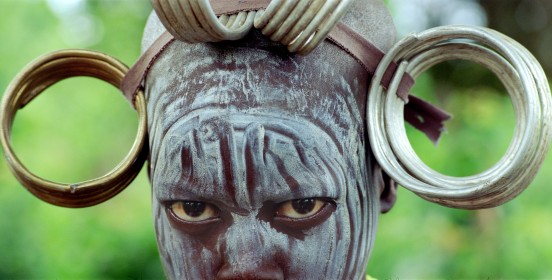By Geoff Fitzpatrick
The cycles of life on the silver screen
Samsara is a movie with no actors and no plot. It doesn’t even have a script. Sounds a little weird, I know. However, it is one of the most unique and profound movie experiences I have ever had.
In the words of Mark Magidson (producer), Samsara is more of a guided meditation than a movie in the conventional sense. Together with Ron Fricke (director), he travelled to 25 countries over a 4 year period.
Samsara means “continuous flow” or “endless cycles”, and relates to birth, death and rebirth. Using this as a guiding principle, Magidson and Fricke set off to capture footage of our world that reflected this theme.
Every scene is imbued with a quality level that is rarely seen in modern cinema. The movie takes you on a journey through the world, but it is not all sunsets and smiles. The content of the movie is very diverse. I recall a volcano, tribal village people, stars and skyscapes, a tough tattooed gangster cuddling his cute 2 year old baby girl, sufi chanting, prayers at mecca, prison yard dance offs, rush hour in LA, meat factories, assembly lines in the Philippines, Tibetan sand mandalas, etc.
The intention of the movie is to invite the viewer to engage in a kind of inner experience. To achieve this, both Mark and Ron have gone to great lengths to avoid making judgements about what they portray.
Mark says: “We’re not trying to come up with an opinion, good or bad. We are trying to show what is. The aim of this kind of filmmaking is to not deliver a ‘message’ that is the point of view of the filmmakers. There are so many examples of opinions of what people like or don’t like in the media, in the news and on the internet. You can find that everywhere you look. With this film, we are trying to do something different than that.”
Something different is truly what Samsara achieves, as the movie rises above the dualistic mindset of our modern world and, instead, reveals the essence of a subject. It does this scene after scene in the most impeccable way.
The symbol of the circle recurs throughout; presumably because it is an apt way to reflect the concept of endless cycles of birth, death and rebirth. My favourite scene is the construction of a wonderful sand mandala in a Buddhist monastery. Significantly, towards the end of the movie, we see the monks brush away this work of art in a ritual of letting go and honouring impermanence.
When I asked Mark about this scene and the dominance of the circle as a symbol in the movie, he answered: “The Star fields (circle) are a kind of metaphor for the eternal that we all have within us, that we are a lot of times out of touch with in our day-to-day lives. But also, the circle is a symbol of impermanence, of birth, death and rebirth in cycles. As a form, the sand mandala, the star fields, the mecca prayer sequence, they are all related in that way.”
That simple reference to the part of us that is eternal, that we all have inside us, struck me as epitomising the essence of what Samsara stands for. Beyond these endless cycles we all seem to be embroiled in, from the life cycle of an electric iron to the rotation of the constellations, we all have something deeper within. It is something that is never born and never dies. Samsara invites the viewer to look deeper beneath the surface level of existence, and rewards those who are willing to do so.
“Samsara” was released in Irish Cinemas on August 31st 2012.
For the full audio podcast of this interview with Mark Magidson, visit www.mandalanature.com


